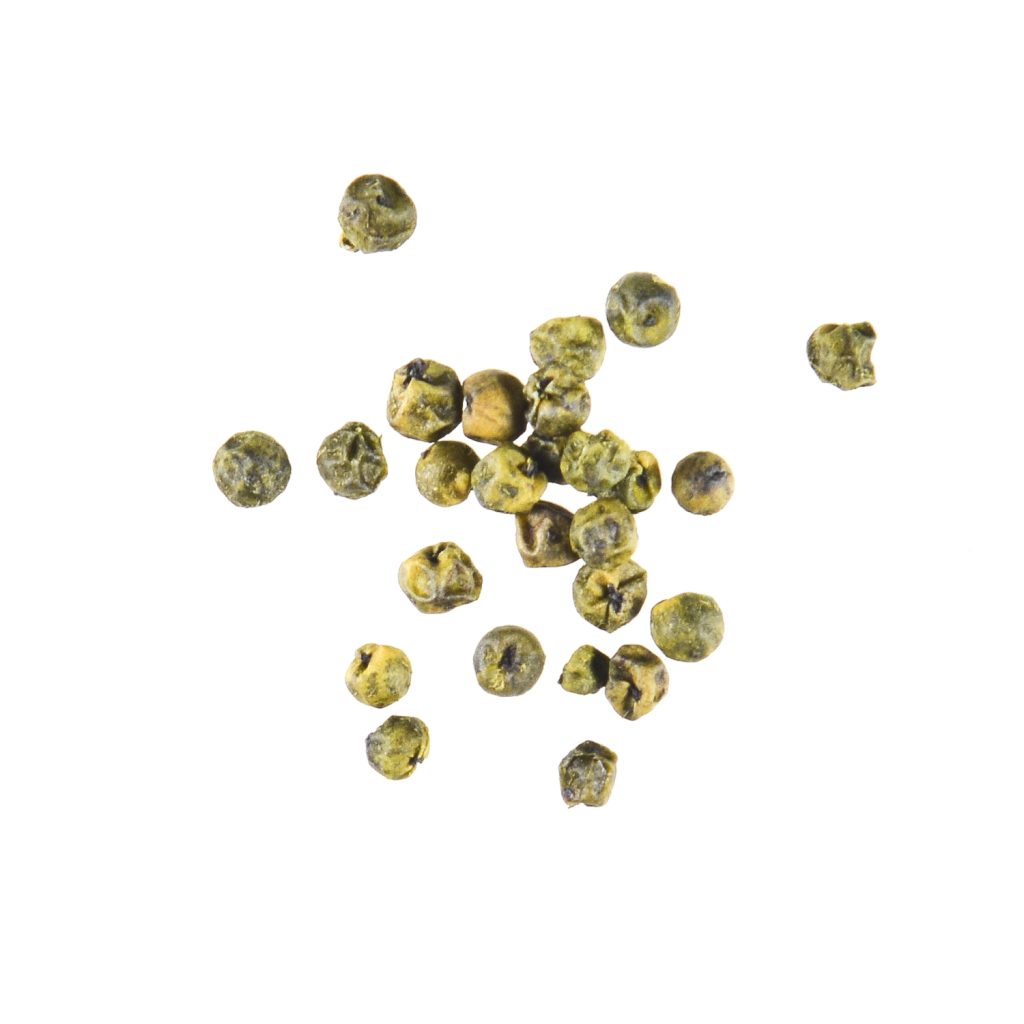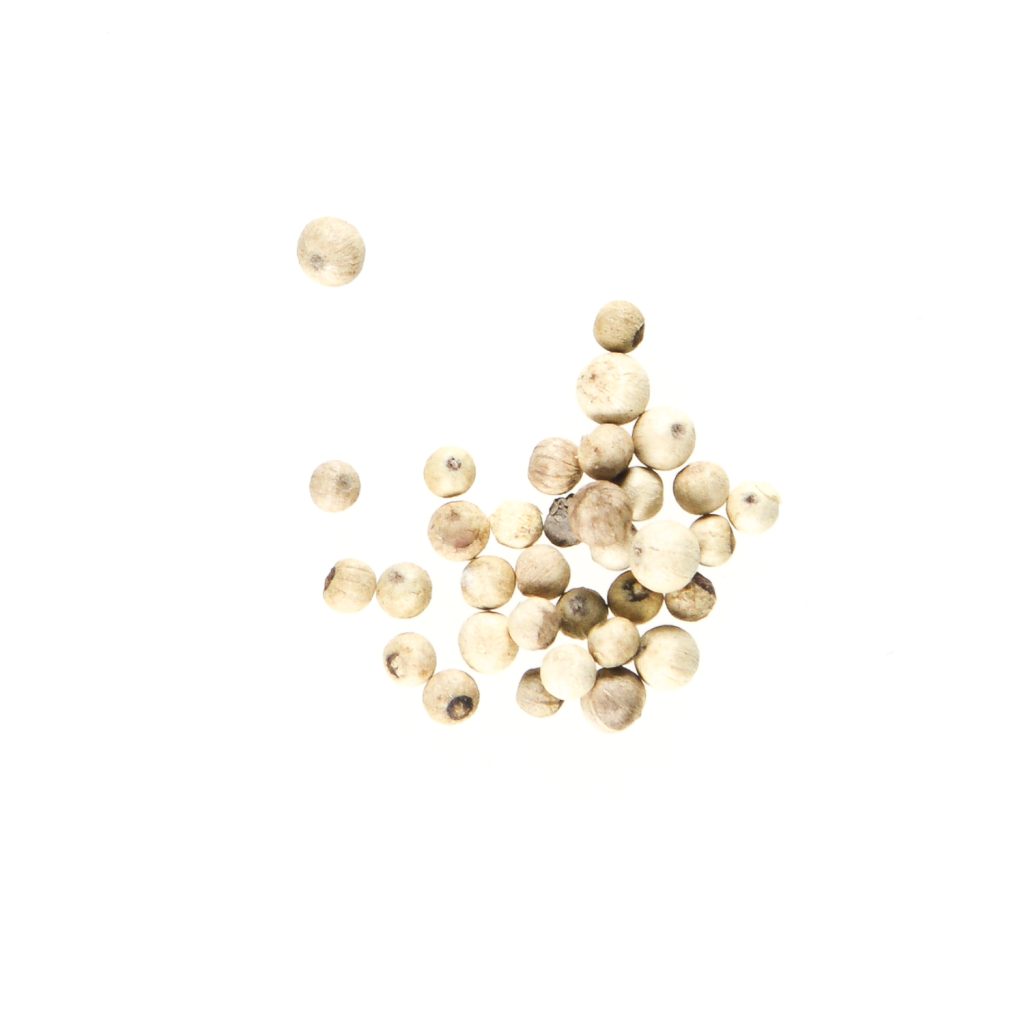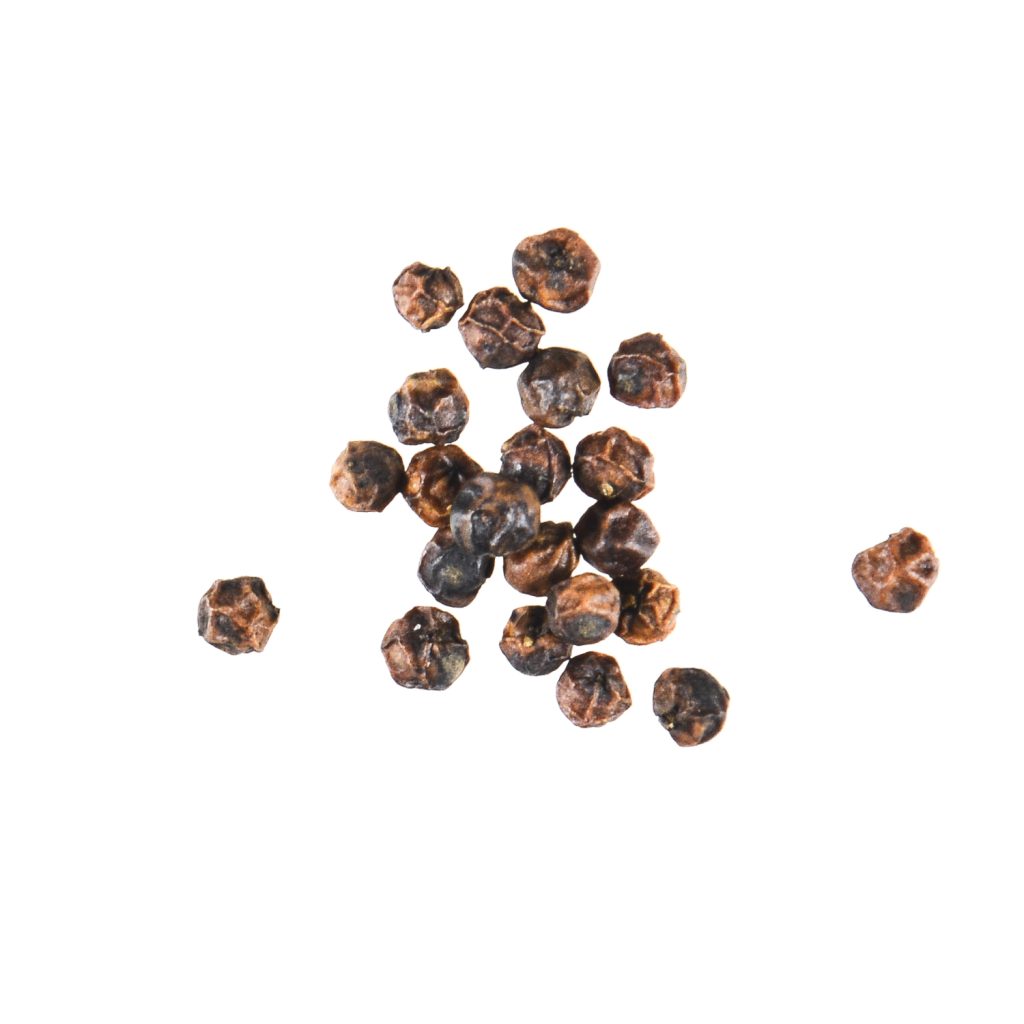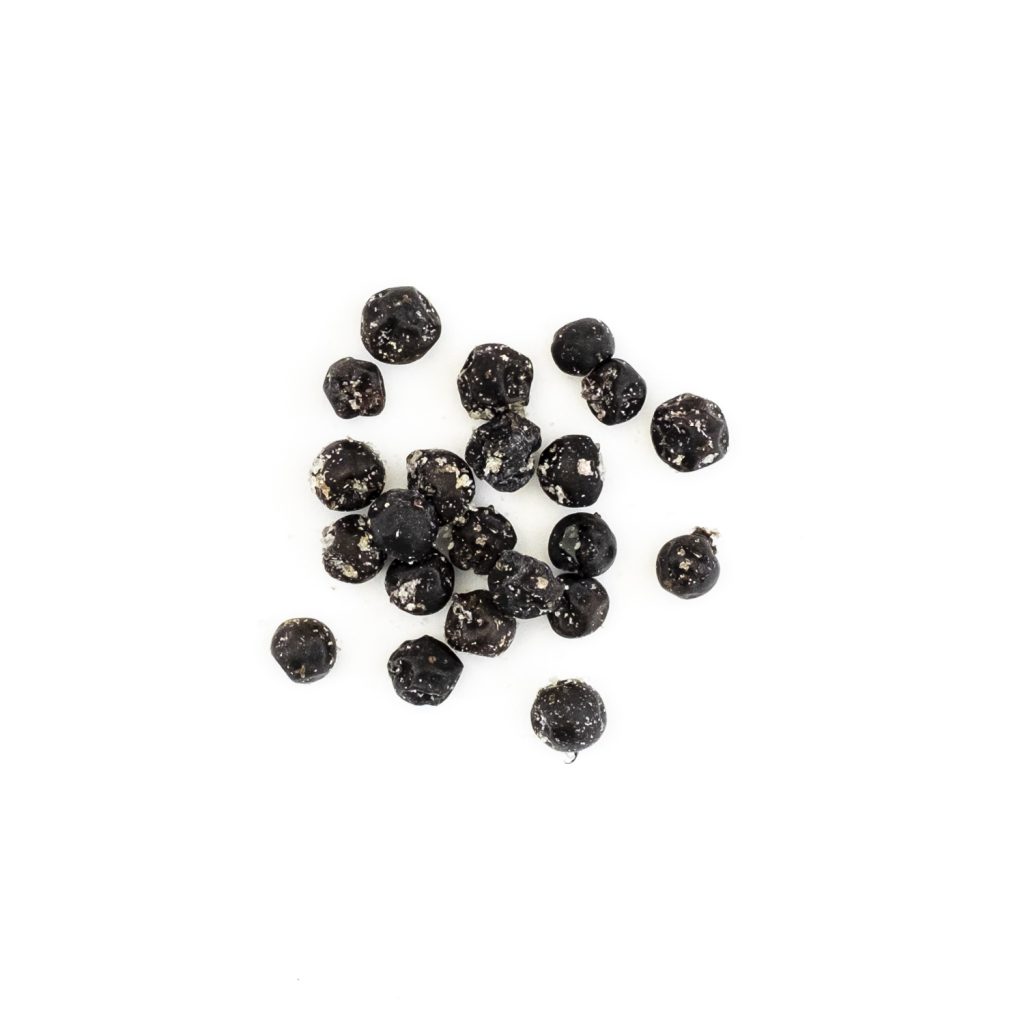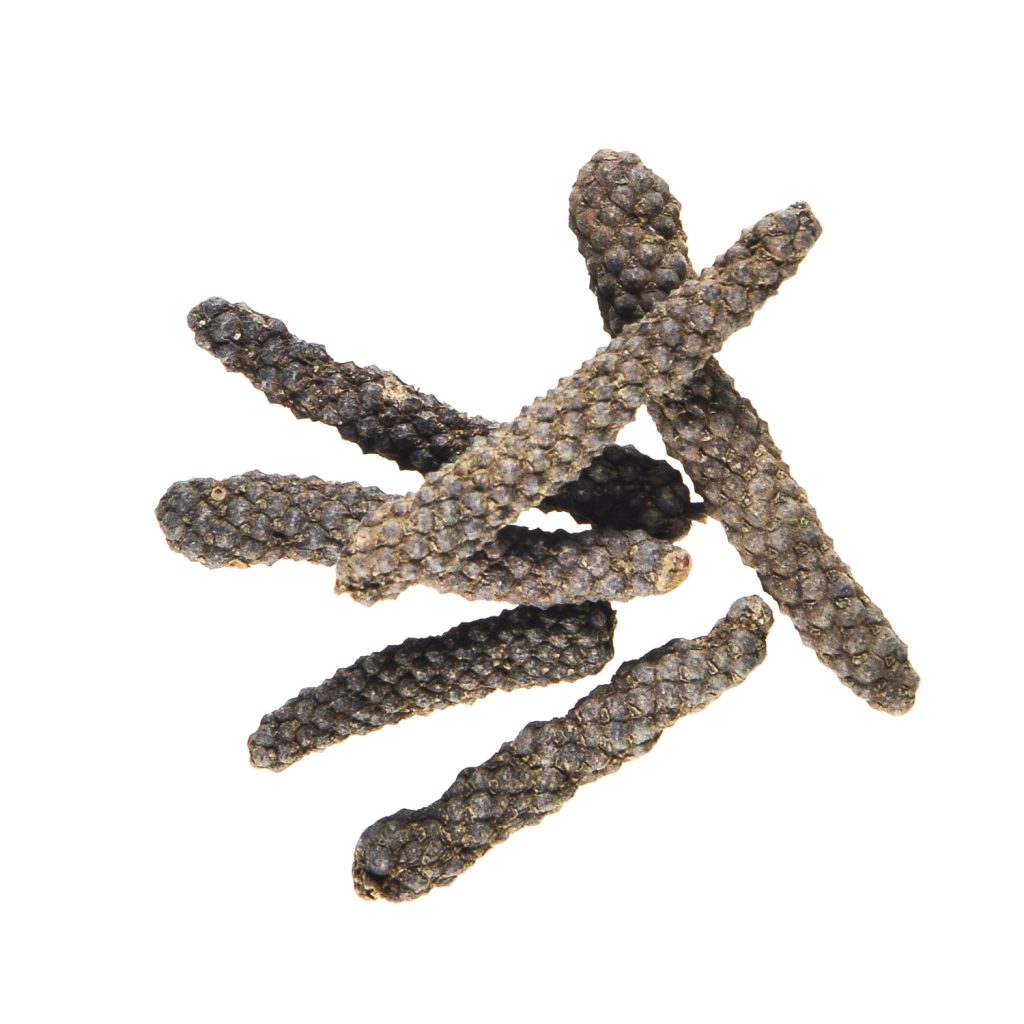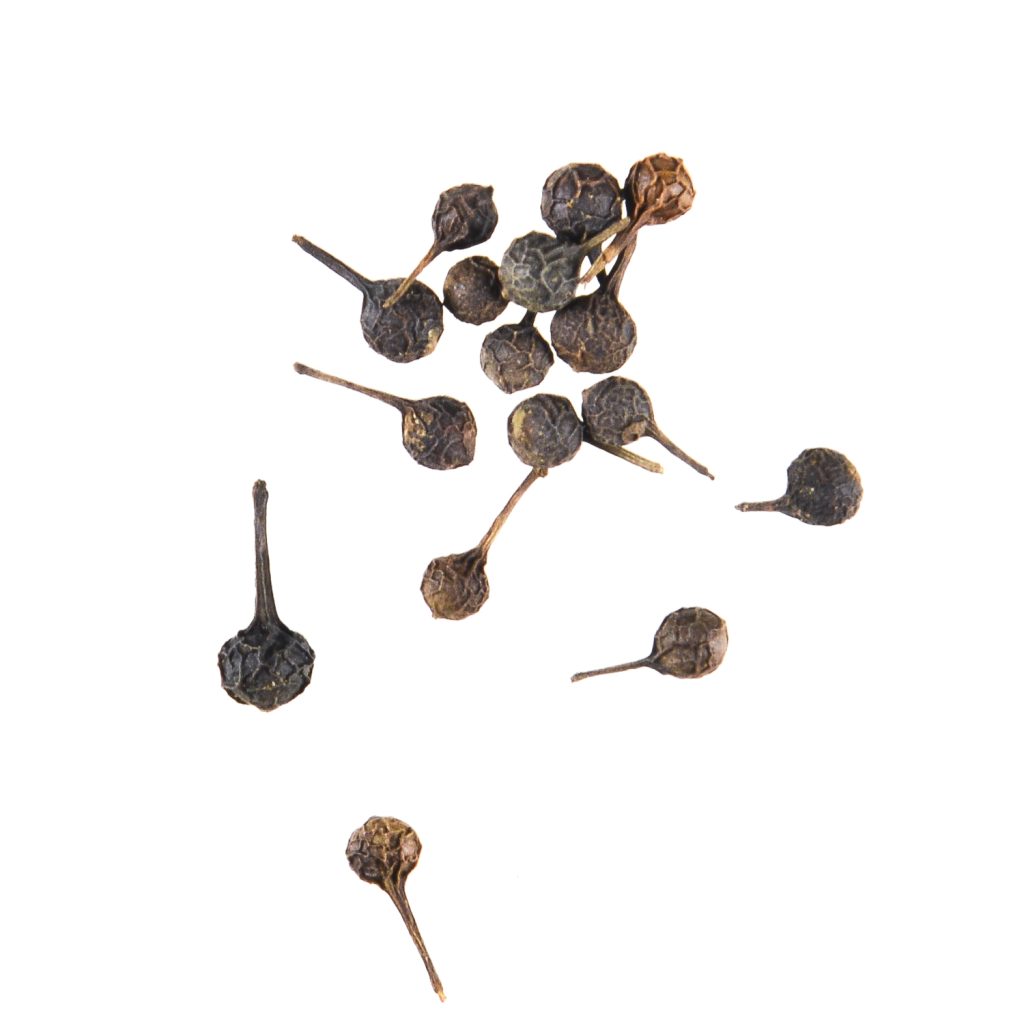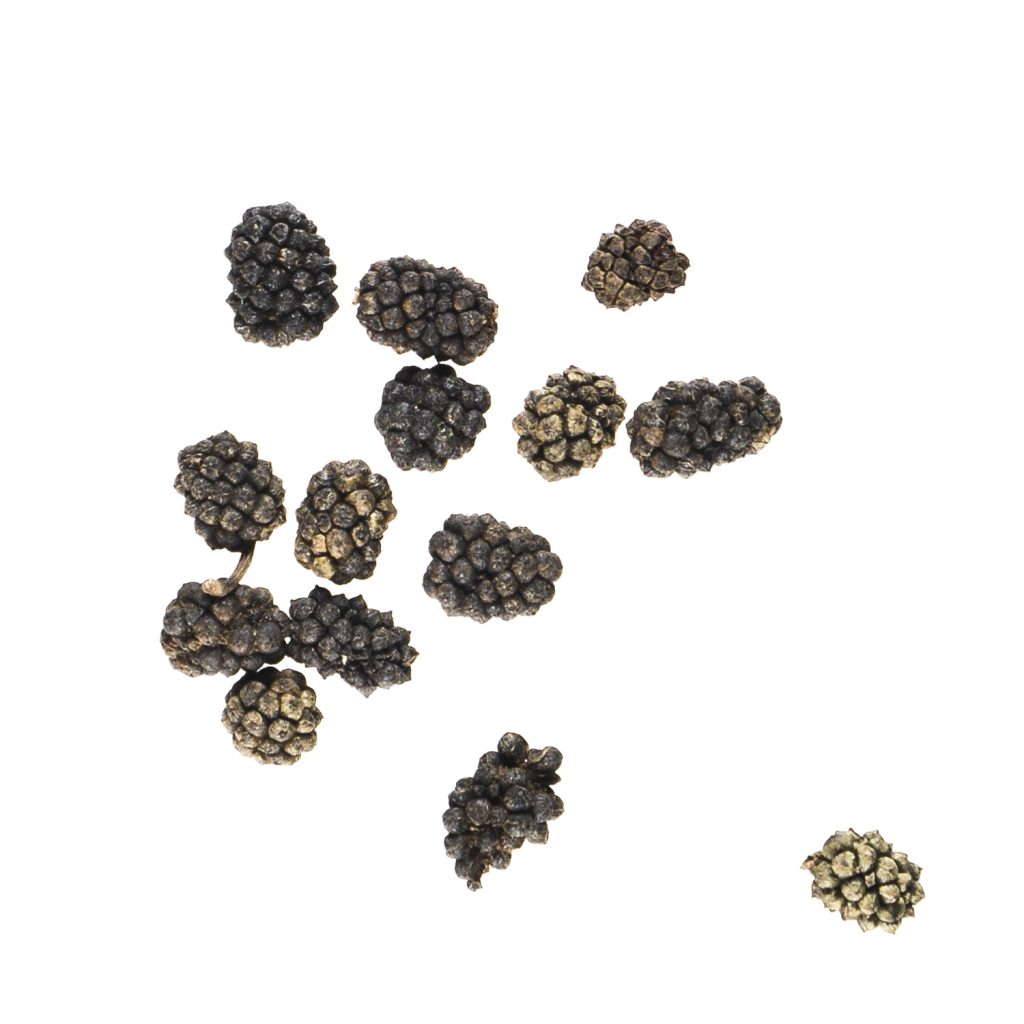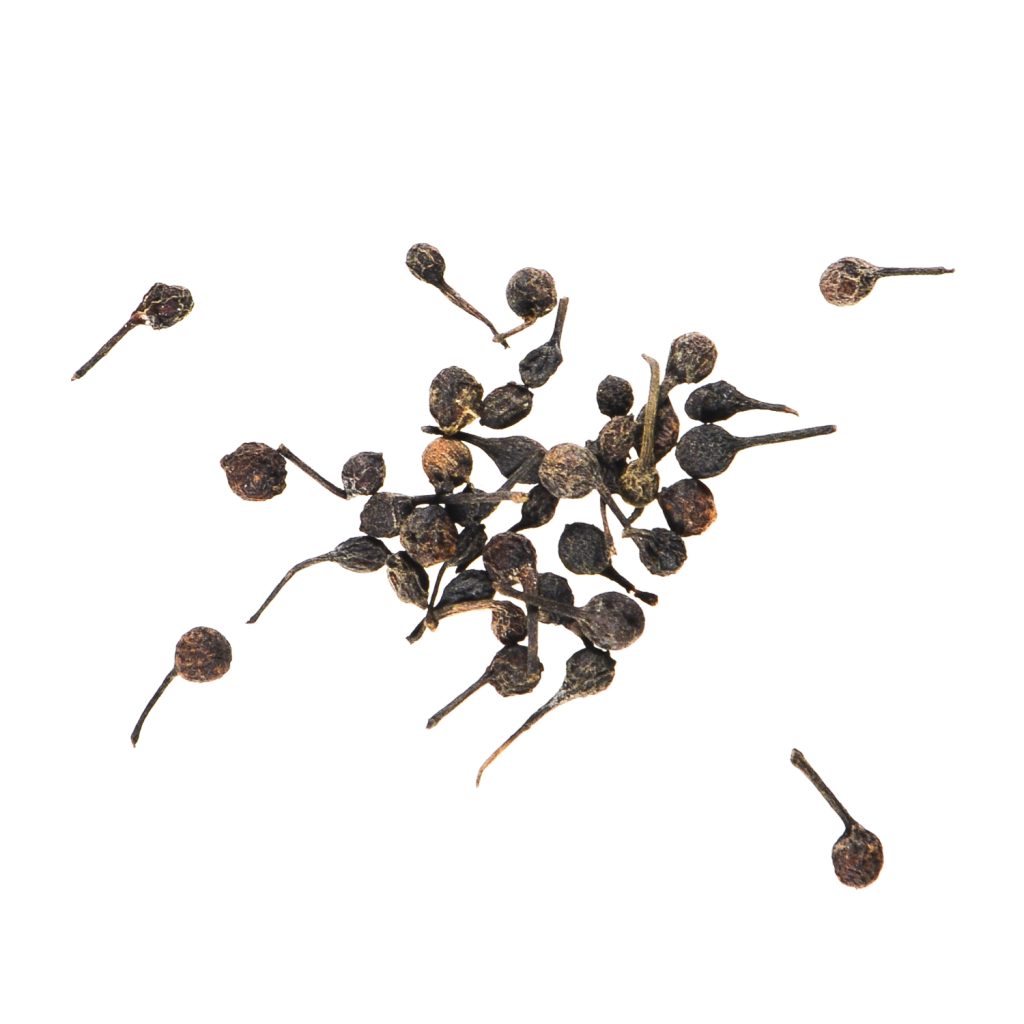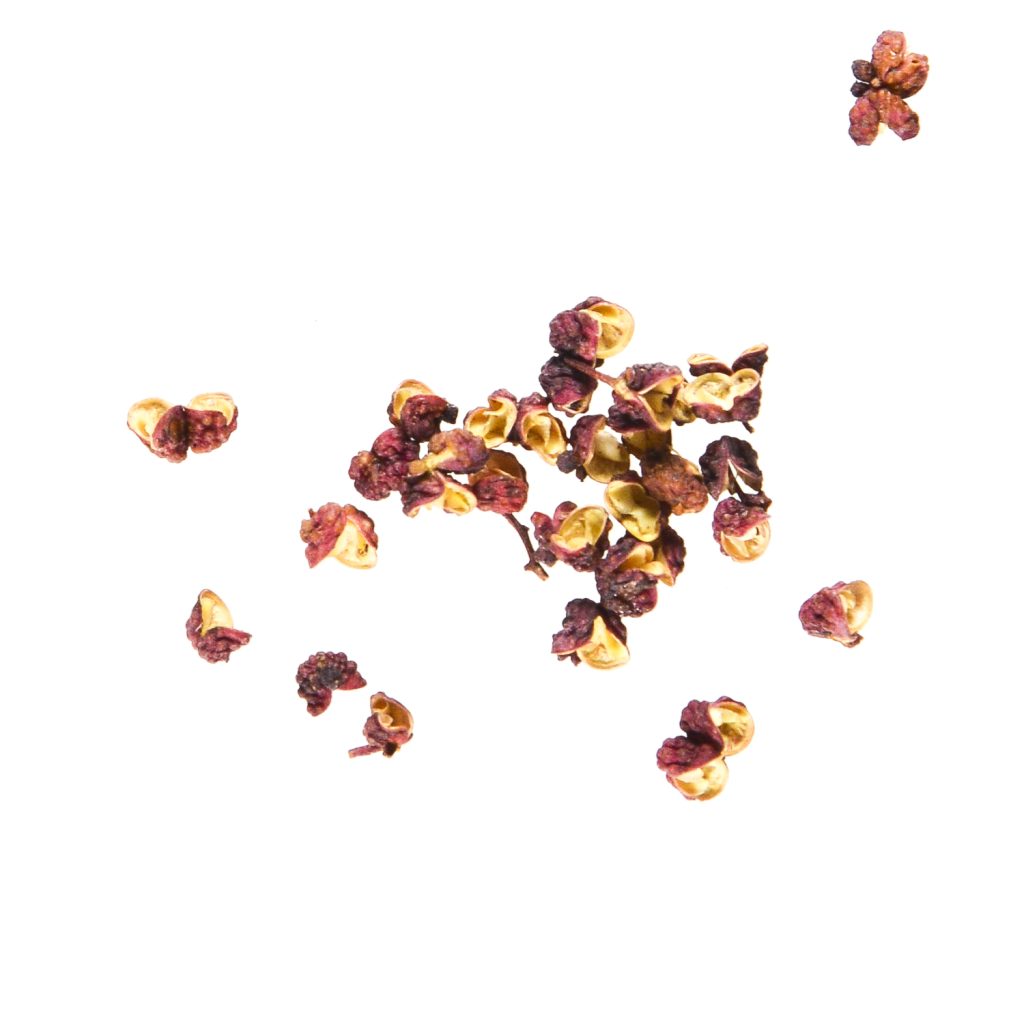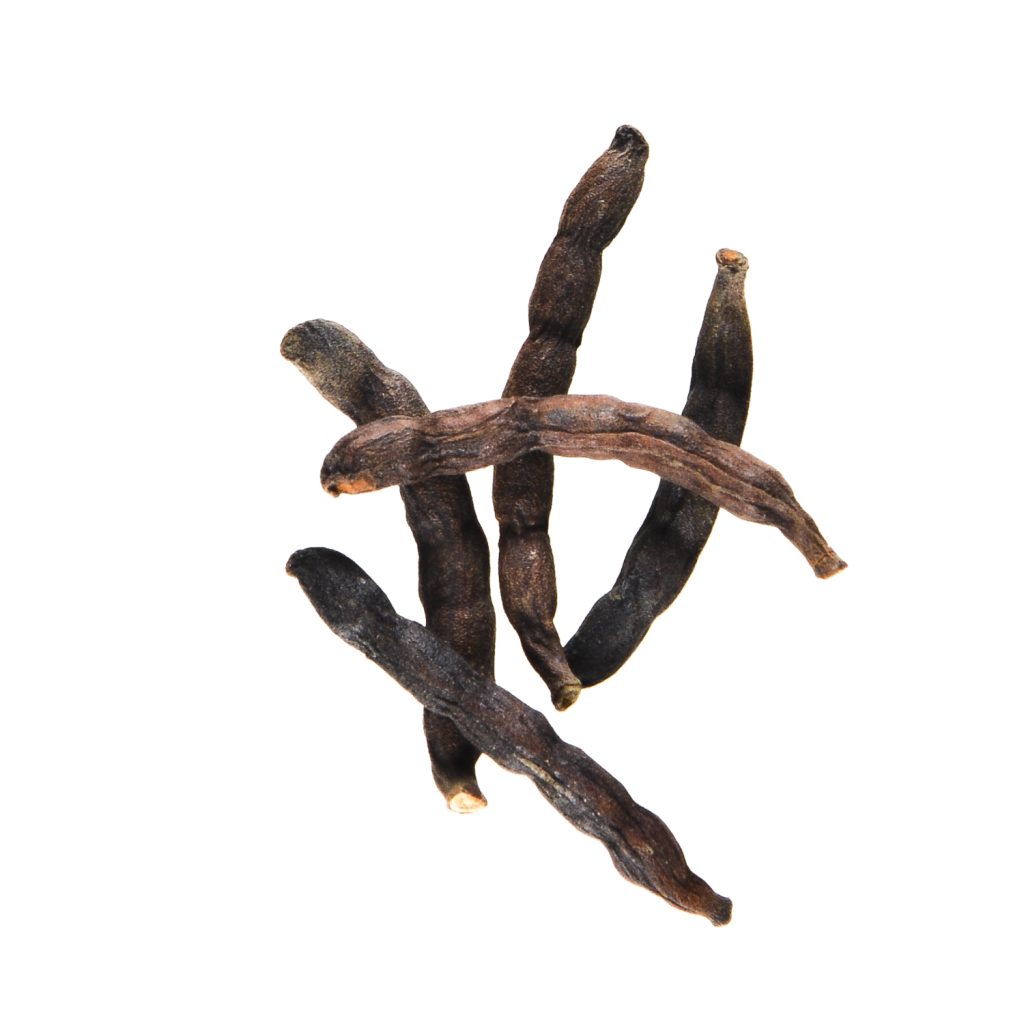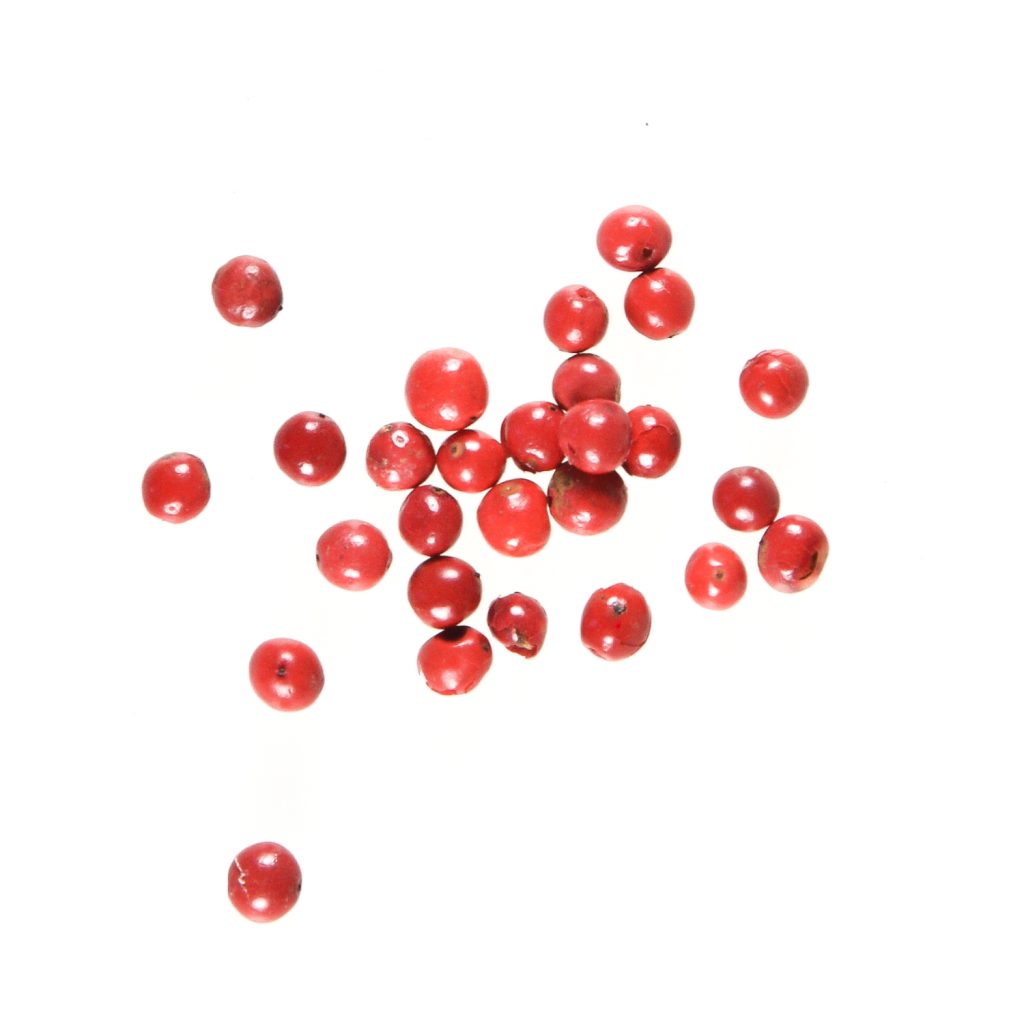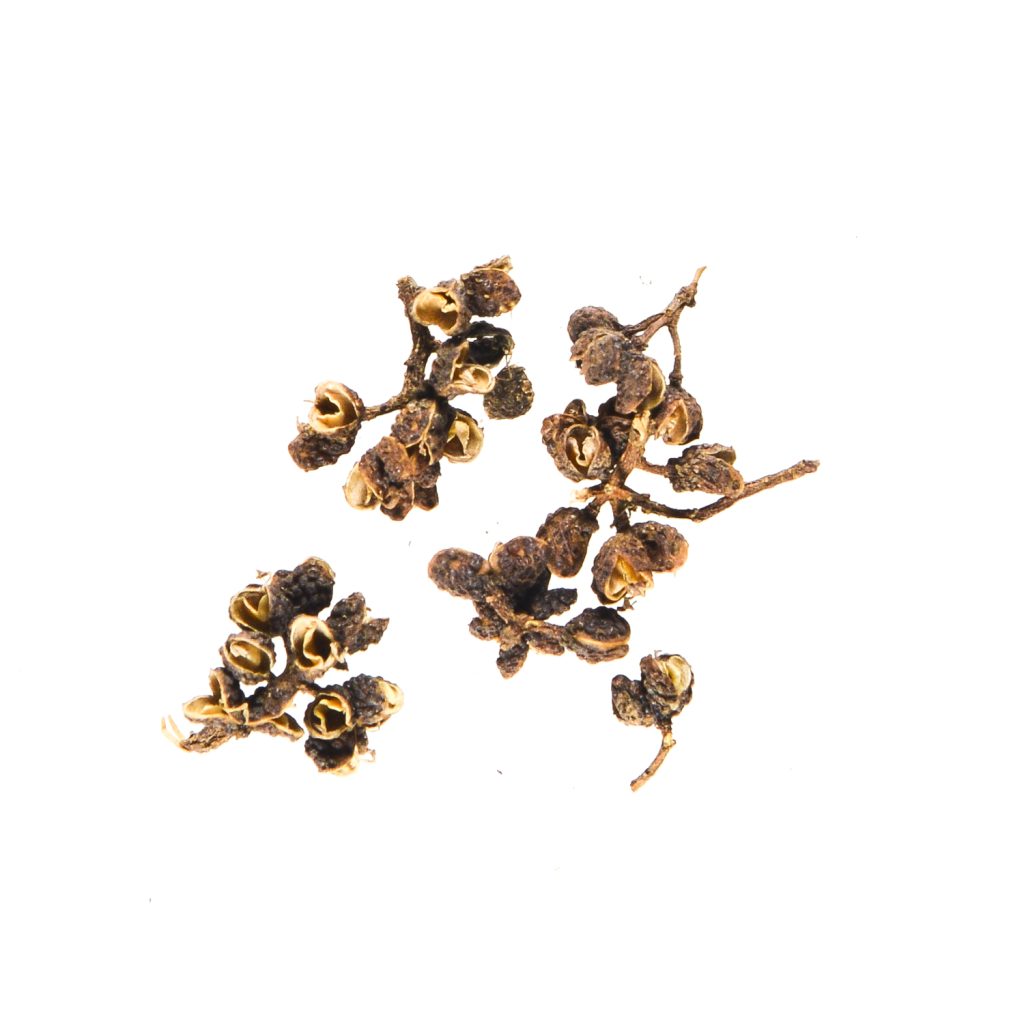Pepper is not only the most widely used spice of all, but in our opinion also one of the most versatile and interesting. But not all peppers are the same! Why? Join us on a journey into the exciting world of pepper…
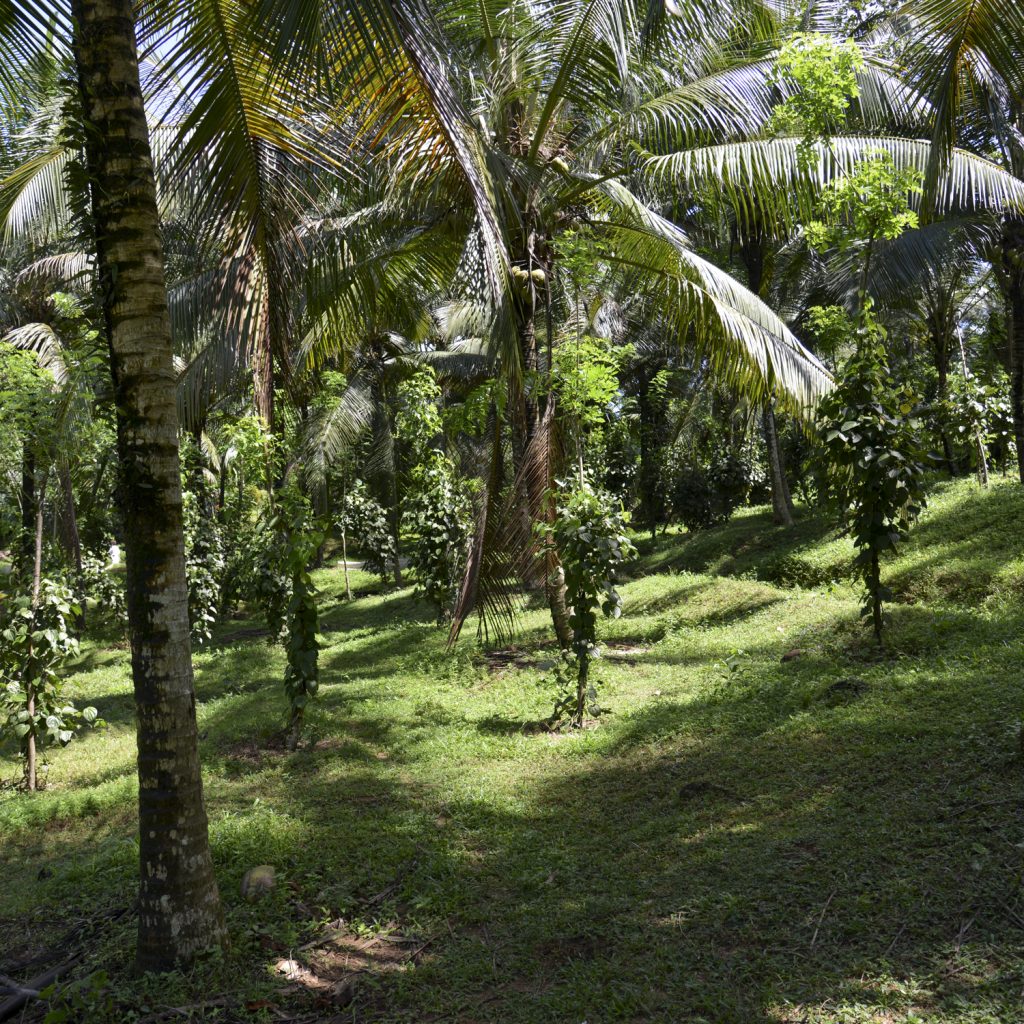
Pepper – King of Spices
Pepper is one of the most important spices. Originally native to the southwest of India, on the coast of Malabar, cultivation has spread over the centuries to Indonesia, Malaysia, Thailand, Cambodia, Madagascar, Vietnam, China, Sri Lanka and Brazil. In the Middle Ages, pepper was an expensive luxury product and was even used as currency. At first, the Arabs controlled the trade over land. After the discovery of India by Vasco da Gama, the Portuguese took over the monopoly via the sea route, without pepper becoming cheaper. Today, pepper is one of the most widely used spices and the variety of “genuine” and “false” peppers is huge.
Genuine pepper (Piper Nigrum)
The pepper bush belongs to the pepper family (Piperaceae) and is a climbing plant that can grow up to ten metres high if it is not trimmed back regularly. In agriculture, the plant is only allowed to grow to a height of three to five metres. The fruits (colloquially pepper or peppercorn) contain the alkaloid piperine, which is responsible for the pungency.
Normally, they are harvested up to twice a year. The flower spikes, which are about 15 cm long, bear up to 150 fruits. Fresh pepper berries are the same size as elderberries. They are green at first and gradually turn red until they are fully ripe.
Black pepper, white pepper, green pepper and red pepper all come from the same plant, but are harvested at different times of ripeness and each is processed differently.
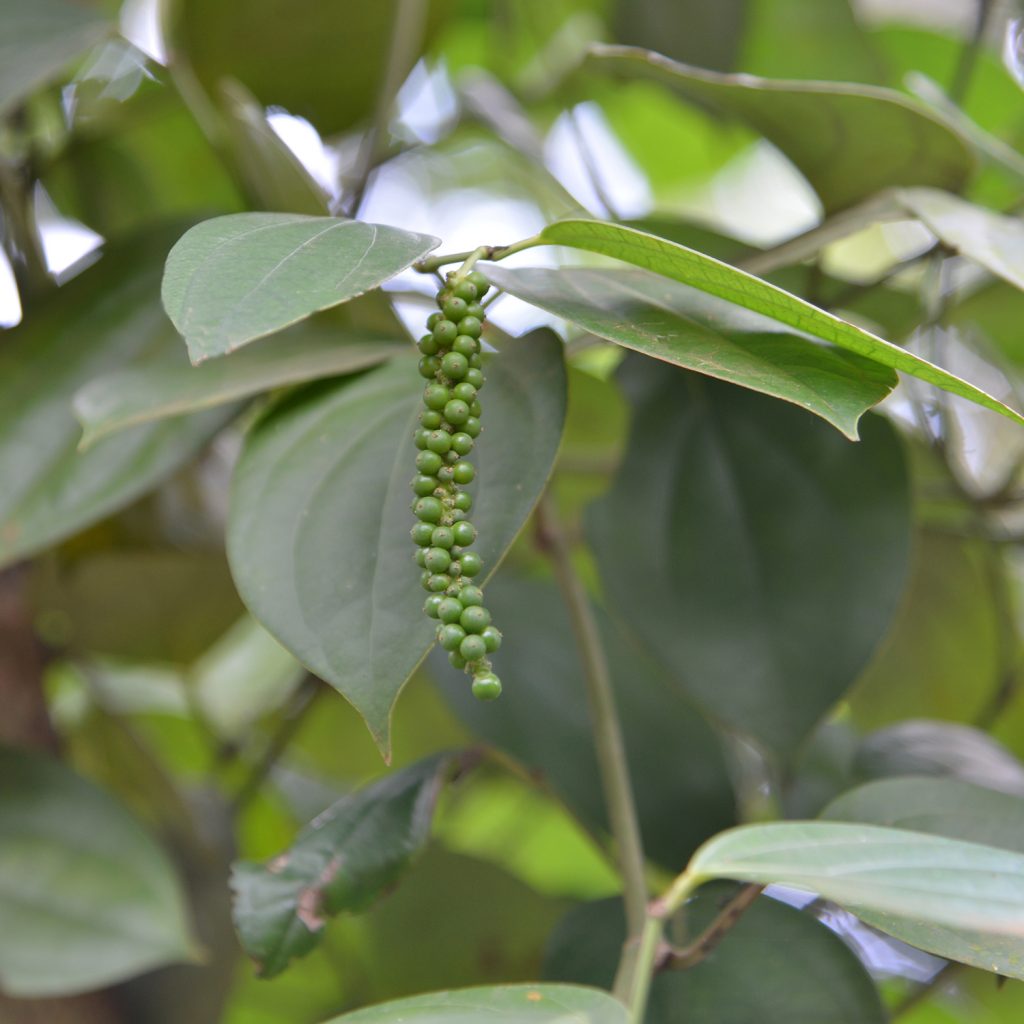
Green pepper
Green pepper is harvested while still unripe. It is either directly preserved by pickling in brine or vinegar, freeze-dried or preserved by rapid drying at high temperatures. This way, fermentation is suppressed and it retains its green colour. It is slightly spicy, delicate in flavour and has a noble freshness.
Black pepper
Black pepper is harvested when the fruit spikes show the discolouration of individual berries. The sun-drying process causes the flesh of the fruit to contract, resulting in the typical wrinkled surface. Since black pepper is obtained from the whole fruit, it has the most piquant heat and spiciness.
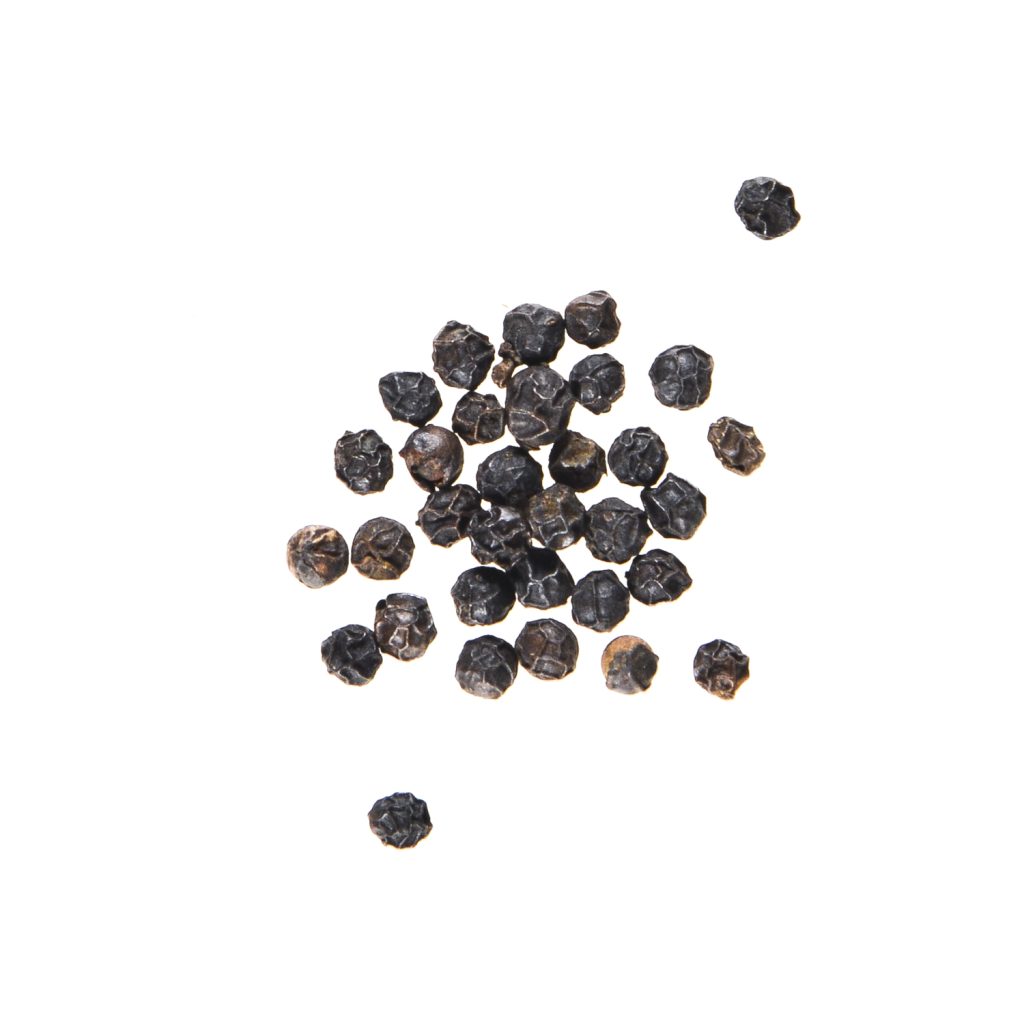
White pepper
White pepper is obtained exclusively from the seeds of the ripe berries. The berries are soaked in water, the outer shell and the pulp are removed, the seed kernel is dried and bleached in the sun. Since the essential oils are mainly found in the seed, the white pepper develops a more aromatic fragrance with less pungency, because the piperine, which gives the spiciness, is mainly contained in the pulp.
Red pepper
Red pepper (not to be confused with pink pepper) is obtained from the fully ripe peppercorns, which are harvested by hand and, like green pepper, pickled in brine or dried. Its taste is not only hot, but also slightly sweet. Due to the long maturing process, it is rare and usually more expensive.
Fermented fresh pepper
In some regions, pepper is also preserved with salt. In this complex process, the moisture is removed from the fresh berries with the addition of salt and thus preserved. Although this pepper also loses its original colour, it has a fresh taste and retains its soft consistency.
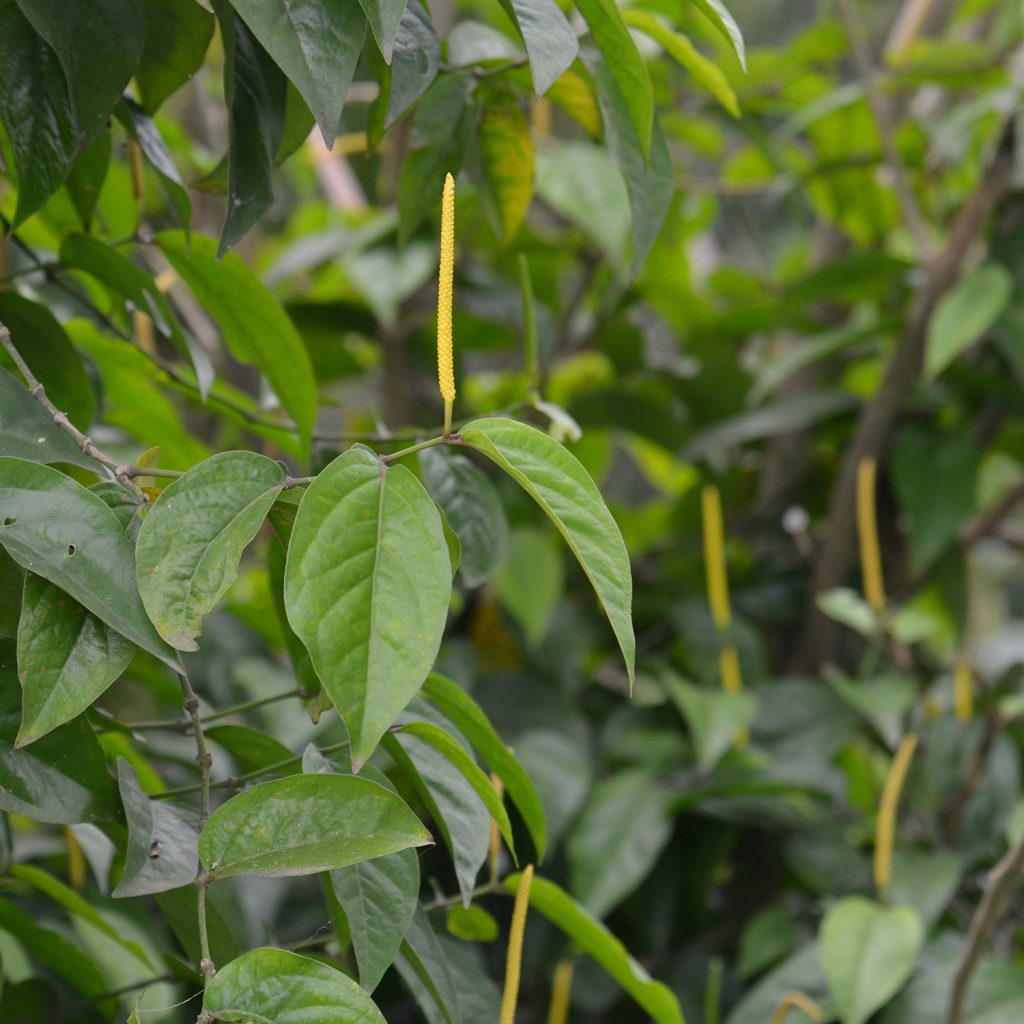
Piper longum
Other genuine peppers
Besides Piper Nigrum, there is a whole range of exciting ” genuine” peppers.
When pepper is mentioned in historical recipes, it is not the round pepper that is meant, but the long pepper, also known as Piper Longum or Bengal pepper. Other long peppers are the Piper retrofractum (Balinese pepper or the Piper Capense, native to South Africa).
Unlike the piperine in ordinary pepper, the cubeb pepper, also known as the long tail pepper, has cubebine. Its flavour is eucalyptus-like, refreshingly mentholated.
The wild-harvested Voatsiperifery pepper grows mainly in Madagascar and is reminiscent of cubeb pepper in its shape, but is only half the size. With less pungency, this speciality delights with its fruity flavours reminiscent of resin.
The Assam pepper (Piper mullesua) comes from the region of the same name in eastern India and is only produced in very small quantities with a lot of manual work. Its shape is reminiscent of a blackberry. Related to the long pepper, its flavour is spicy-fresh with a smoky note.
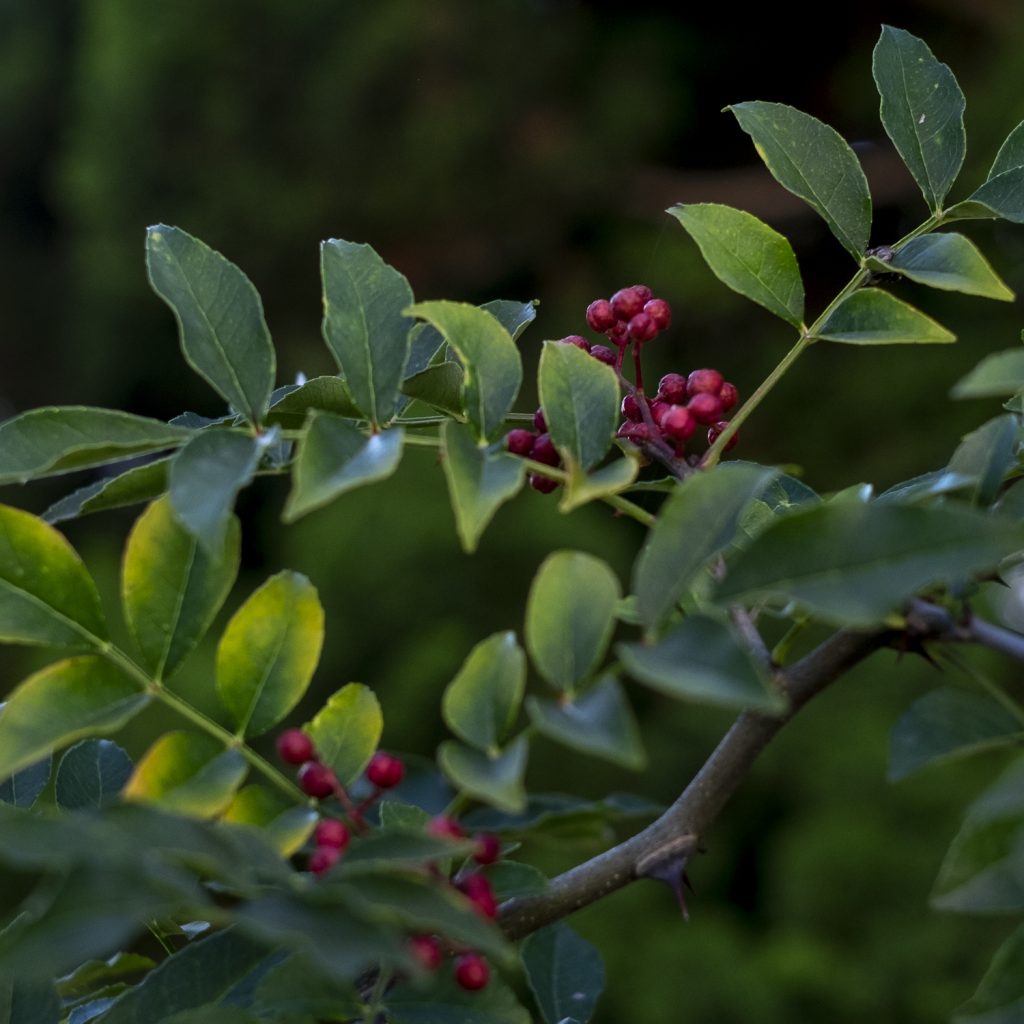
Szechuanpfeffer Strauch
False pepper
Because of their pungency, countless spices are also called pepper, but they do not belong to the actual pepper family.
A well-known representative is the Szechuan pepper, also known as Chinese pepper, Japan pepper or Sansho. This rhombic plant is native to central China, Nepal, Tibet, Japan and Korea, but also grows here. It is harvested at different stages of ripeness depending on the region. It usually has a distinctive, tingling pungency, and the aroma ranges from freshly lemony, tart-fruity to floral. The Andaliman pepper also belongs to this group.
The Selim pepper, also called Senegal or Moor pepper, was often imported from West Africa as a cheaper alternative to the real pepper. Its exciting, woody aroma unfolds especially in stews and braised dishes.
Pink pepper belongs to the sumac family. The small pink berries are slightly sweet and pleasantly aromatic.
Some suggestions
- Pepper should always be ground fresh, so that the essential oils are released just before use.
- A beautiful mortar is not only an ornament for the kitchen, but a useful tool if you have a diverse assortment of pepper and spices at home.
- Play with the fineness of the grind. A coarsely ground pepper triggers a different taste sensation than a very finely ground one.
- Pepper, or spices in general, should be stored closed and in the dark.
- Do not heat pepper too much. Otherwise it will lose its incomparable taste.
